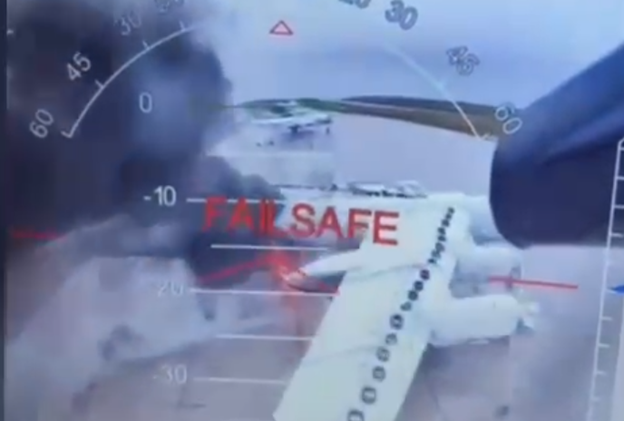Parts of Germany's Cologne turned into a ghost town on Wednesday, after thousands of people were evacuated from the city centre following the discovery of three US World War II bombs in the biggest such operation in the western city since 1945.
Shops remained closed and streets were empty after the affected area was closed off, with the unexploded ordnance set to be defused in the evening.
More than 20,000 people in the evacuation zone in the Deutz district, on the east bank of the Rhine river, are affected.
The city said on its website: "The evacuation is the largest such measure since the end of World War II. Everyone involved hopes that the defusing can be completed in the course of Wednesday."
A city spokeswoman told dpa that it was not yet possible to say when the defusing operation itself would begin.
Roadblocks have been in place since 8 am (0600 GMT).
Officials are checking that all flats in the danger zone, which covers a radius of some 1,000 metres, are empty, with the spokeswoman saying it could take several hours to ensure that everyone was gone.
Once authorities are certain that no one was left in the exclusion zone, two bomb disposal experts will defuse the ordnance.
Local resident Julian Lauten-Weiss, who left his flat in the evacuation zone early in the morning, said he was happy with how the operation had been prepared.
He said he had learnt on the news about the discovery of the bombs on Monday and the evacuation order had been posted on the city website the same day.
"Of course I hope they will be done today and I can return home tonight," he told dpa.
In the whole of the state of North Rhine-Westphalia, 1,500 to 2,000 unexploded bombs from World War II are found every year. About 200 of these are larger devices, such as those found in Cologne, said Kai Kulschewski, the city's head of explosive ordnance disposal.
Like many of Germany's major cities, Cologne, now a city of some 1.1 million, was heavily bombed during World War II, which ended in Europe with the surrender of the Nazis on May 8, 1945.
Iconic images dating back to the end of the war show much of the city centre reduced to rubble, with only the cathedral towering above the debris.
Cologne city centre is the most densely populated in all of Europe, Ralf Mayer, head of the local Ordnungsamt - the agency in charge of enforcing rules in public spaces - told public broadcaster ARD.
The evacuation zone encompasses a hospital, two retirement and nursing homes, many museums and the Germany headquarters of broadcaster RTL, which is temporarily broadcasting from Cologne's Ossendorf district and Berlin.
While they are not directly affected, Cologne's landmark cathedral and the city's main railway station are located just across the Rhine river on the west bank, connected via the Hohenzollern Bridge - Germany's busiest railway bridge - that lies in the evacuation zone.
A concert at Cologne's philharmonic hall, also located across the river, as well as an event at the Lanxess Arena event hall in Deutz have been cancelled.
National operator Deutsche Bahn said it is expecting "considerable restrictions in local and long-distance transport in North Rhine-Westphalia" due to disposal. The train station in Deutz, which also offers long-distance services in addition to local public transport, has been closed.
Ship traffic on the Rhine will also be temporarily halted before the disposal begins, while the airspace above Cologne will be closed off.
Employees from the public order office enter a house during a doorbell call before a bomb disposal operation. Three bombs from the Second World War were discovered in the Deutz district on Monday Henning Kaiser/dpa
Employees from the public order office distribute the streets to different teams during a doorbell call before a bomb disposal operation. Three bombs from the Second World War were discovered in the Deutz district on Monday Henning Kaiser/dpa
.png)
 German (DE)
German (DE)  English (US)
English (US)  Spanish (ES)
Spanish (ES)  French (FR)
French (FR)  Hindi (IN)
Hindi (IN)  Italian (IT)
Italian (IT)  Russian (RU)
Russian (RU)  4 days ago
5
4 days ago
5










Comments